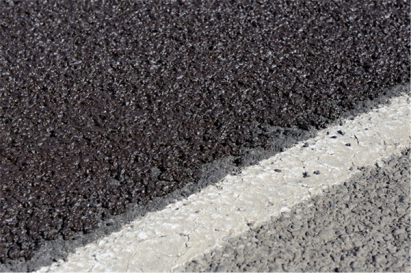Thursday, 10 May 2018
Austroads has published five updated test methods related to the testing of bituminous slurry samples.

Bituminous slurry is a processed mixture of bituminous emulsion binder (with or without a polymer modifier), continuously graded aggregate, mineral filler, additives and water, properly proportioned to form a slurry which can be laid evenly on a road surface.
Test methods provide a consistent approach to materials testing and detail the scope, equipment, procedures, calculations and reporting requirements to enable a test to be performed.
The test methods released today are:
- AGPT/T221: the method for sampling bituminous slurry mixture from the slurry paving unit at the paving site.
- AGPT/T270: the procedure to determine the consistency of a bituminous slurry that is then used to optimise the amount of water required to form a workable mixture.
- AGPT/T271: the method for determining the setting and curing characteristics of a bituminous slurry as a function of the cohesive strength developed in the mixture with time.
- AGPT/T272: the procedure to evaluate the wearing resistance of bituminous slurry surfacing materials under wet abrasion conditions.
- AGPT/T273: the procedure to evaluate bituminous slurry materials for their propensity for binder flushing after subjecting to loaded wheel tracking cycles.
Austroads will also soon release an update to the Guidelines and Specifications for Bituminous Micro-surfacings published in 2003. Microsurfacing is the only type of bituminous slurry surfacing applied in Australia.
